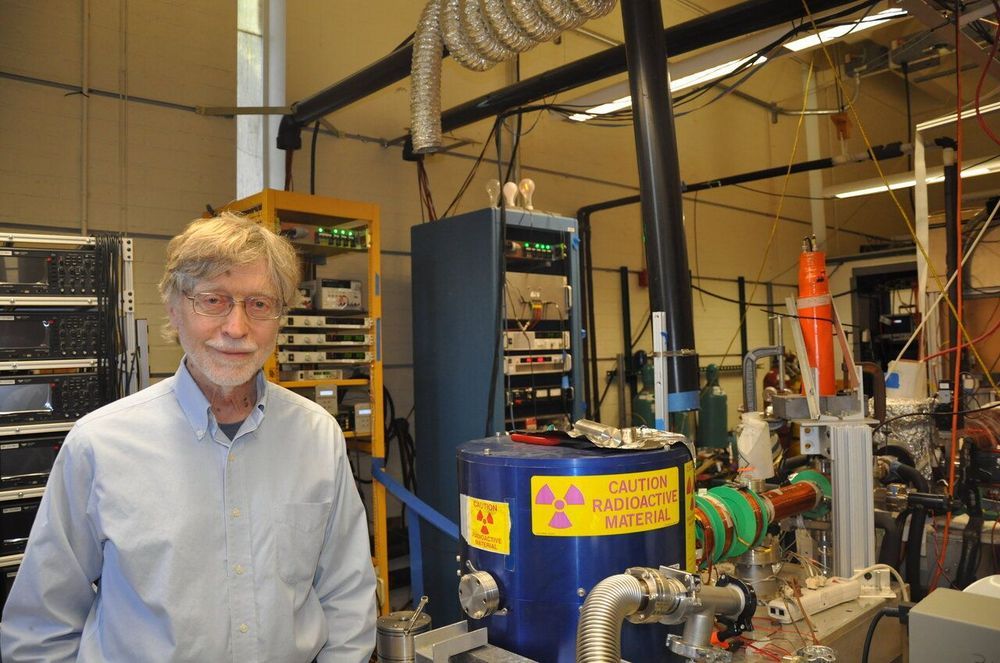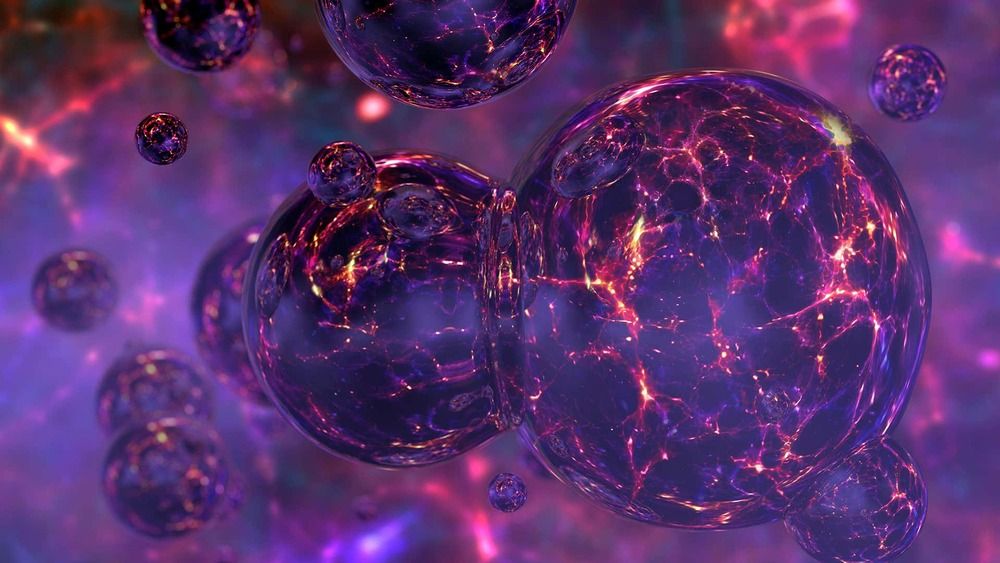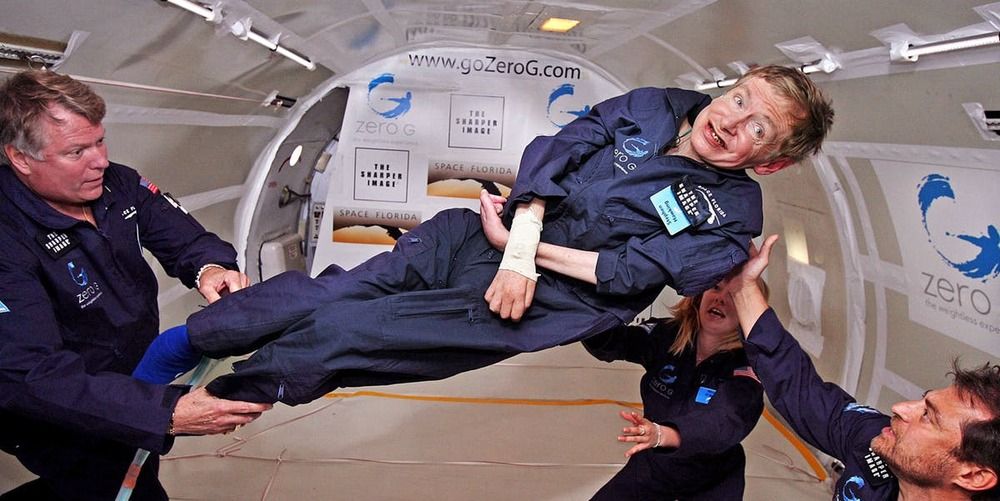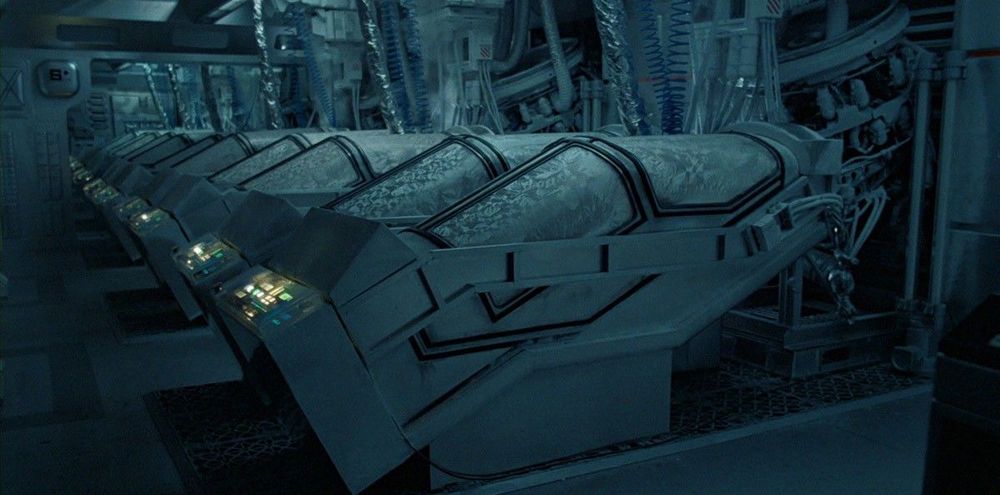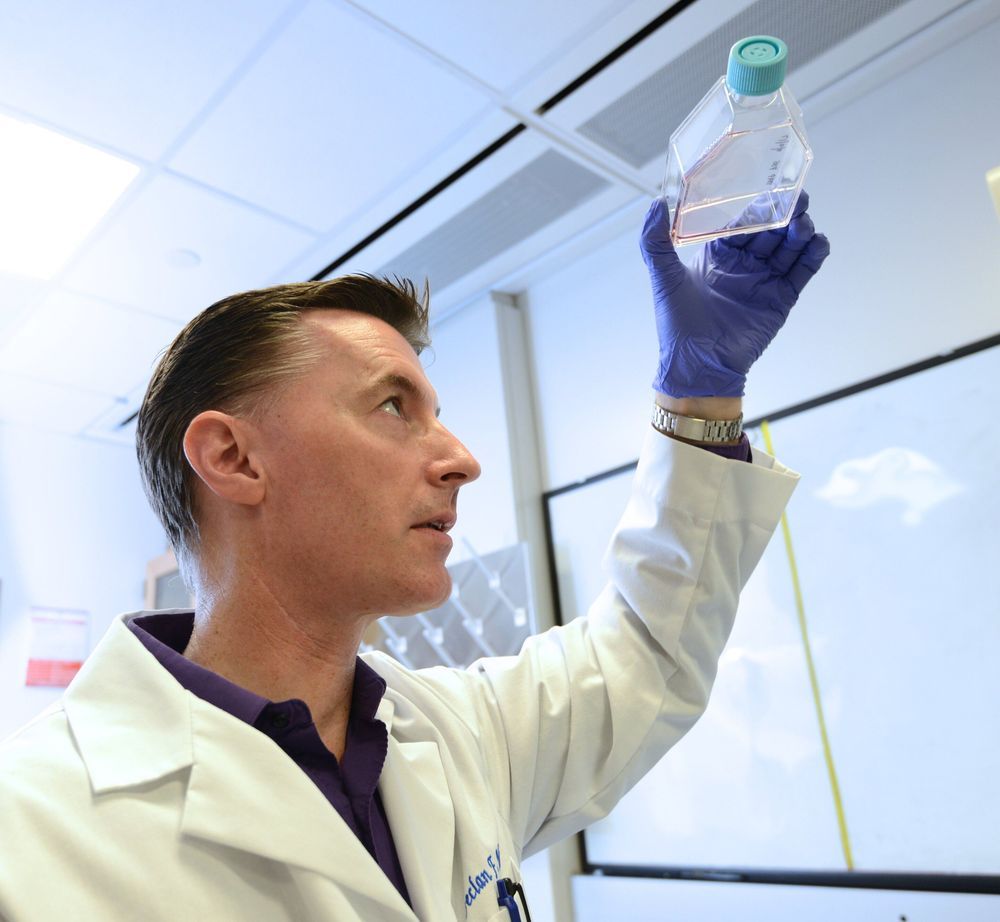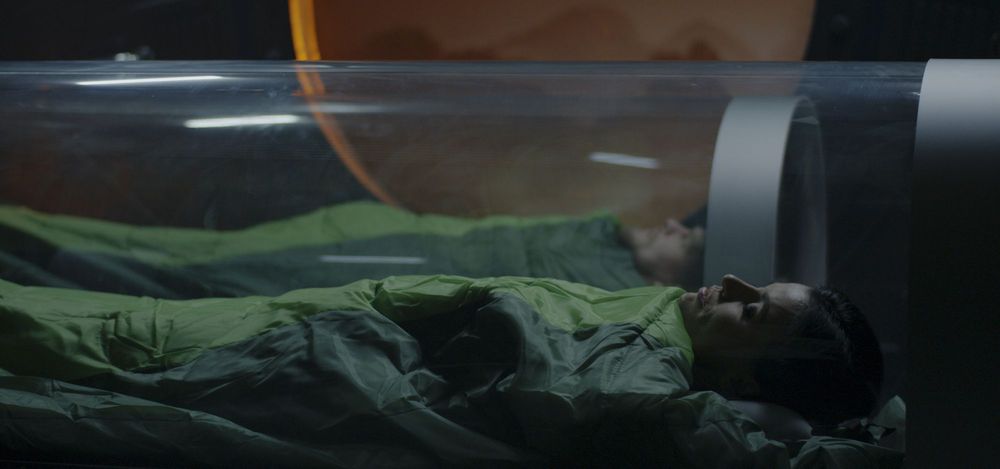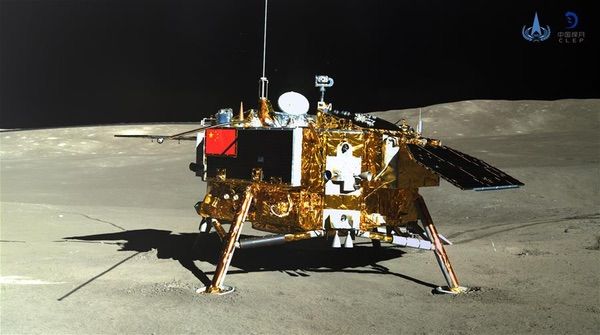Archive for the ‘space travel’ category: Page 316
Dec 6, 2019
Gamma-ray laser moves a step closer to reality
Posted by Quinn Sena in categories: biotech/medical, quantum physics, space travel
O.o.
A physicist at the University of California, Riverside, has performed calculations showing hollow spherical bubbles filled with a gas of positronium atoms are stable in liquid helium.
The calculations take scientists a step closer to realizing a gamma-ray laser, which may have applications in medical imaging, spacecraft propulsion, and cancer treatment.
Continue reading “Gamma-ray laser moves a step closer to reality” »
Dec 6, 2019
Congratulations to the NASA and SpaceX teams on another successful resupply launch!
Posted by Alberto Lao in category: space travel
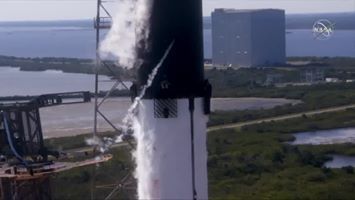
Learn more about what’s on board the Dragon spacecraft headed to the International Space Station: https://www.nasa.gov/mission_pages/station/research/news/spx19-research
Dec 2, 2019
Are there multiple universes?
Posted by Quinn Sena in categories: cosmology, quantum physics, space travel
What – one vast, ancient and mysterious universe isn’t enough for you? Well, as it happens, there are others. Among physicists, it’s not controversial. Our universe is but one in an unimaginably massive ocean of universes called the multiverse.
If that concept isn’t enough to get your head around, physics describes different kinds of multiverse. The easiest one to comprehend is called the cosmological multiverse. The idea here is that the universe expanded at a mind-boggling speed in the fraction of a second after the big bang. During this period of inflation, there were quantum fluctuations which caused separate bubble universes to pop into existence and themselves start inflating and blowing bubbles. Russian physicist Andrei Linde came up with this concept, which suggests an infinity of universes no longer in any causal connection with one another – so free to develop in different ways.
Cosmic space is big – perhaps infinitely so. Travel far enough and some theories suggest you’d meet your cosmic twin – a copy of you living in a copy of our world, but in a different part of the multiverse. String theory, which is a notoriously theoretical explanation of reality, predicts a frankly meaninglessly large number of universes, maybe 10 to the 500 or more, all with slightly different physical parameters.
Dec 2, 2019
SpaceX, Maxar, and Nanoracks to Demo Orbital Space Station Construction in 2020 @themotleyfool #stocks $MAXR
Posted by Klaus Baldauf in category: space travel
Space stations are expensive, but can we fix that? Yes, we can! (If this mission goes right.)
Nov 30, 2019
Stephen Hawking’s Final Research Paper Predicted the End of the Universe
Posted by Michael Lance in categories: cosmology, space travel
Before his death, Stephen Hawking submitted a research paper that predicts the end of the world.
Just two weeks before his death, renowned physicist Stephen Hawking submitted a research paper that suggests parallel universes and predicts the end of this one.
Hawking and his co-author Thomas Hertog published their research in “A Smooth Exit from Eternal Inflation,” detailing how scientists may also be able to detect other universes using a spaceship. According to Hertog, Hawking finished writing the paper from his deathbed, leaving behind a final legacy that is worthy of the Nobel Prize.
Continue reading “Stephen Hawking’s Final Research Paper Predicted the End of the Universe” »
Nov 29, 2019
Ralph Merkle on Space Cryonics & Nanotechnology
Posted by Paul Battista in categories: biotech/medical, cryonics, nanotechnology, space travel
Alcor calls them “patients”, and right now, over 150 of these frozen souls are waiting for the future in vats of liquid nitrogen stored in Scottsdale, Arizona. We interview Dr. Ralph Merkle, a director at the Alcor Foundation and a respected pioneer in nanotechnology, to learn how recent advances in cryonics just may enable long-haul interstellar spaceflight sooner than you’d guess…
Nov 27, 2019
Space travel can make the gut leaky
Posted by Paul Battista in categories: biotech/medical, food, space travel
Bacteria, fungi, and viruses can enter our gut through the food we eat. Fortunately, the epithelial cells that line our intestines serve as a robust barrier to prevent these microorganisms from invading the rest of our bodies.
A research team led by a biomedical scientist at the University of California, Riverside, has found that simulated microgravity, such as that encountered in spaceflight, disrupts the functioning of the epithelial barrier even after removal from the microgravity environment.
“Our findings have implications for our understanding of the effects of space travel on intestinal function of astronauts in space, as well as their capability to withstand the effects of agents that compromise intestinal epithelial barrier function following their return to Earth,” said Declan McCole, a professor of biomedical sciences at the UC Riverside School of Medicine, who led the study published today in Scientific Reports.
Nov 26, 2019
ESA studies impact of hibernating astronauts on space missions
Posted by Klaus Baldauf in categories: entertainment, space travel
Looking forward to the first manned Mars mission, ESA is delving into how astronaut hibernation would affect space missions. Based on sending six humans on a five-year mission to the Red Planet, the study suggests that using hibernation would allow the mass of the spacecraft to be reduced by a third, and the amount of consumables cut by roughly the same amount.
The idea of astronauts sleeping their way through a deep-space mission lasting months or years has been a staple plot device of science fiction since at least the 1930s and has featured in many movies as a way to speed up the story. Despite the chance of waking up to find one’s self on a planet run by apes, it’s an idea that is very attractive to real-life mission planners as a way to both reduce the supplies needed for lengthy missions and to keep the crew from going crazy.
The technology to actually make humans hibernate like bears or other mammals is still in its infancy, but that hasn’t stopped ESA from looking at how hibernation could impact spacecraft designs and missions in general. Originally, studied as part of the space agency’s Basic Activities research, hibernation is regarded as a key enabling technology and now ESA’s Concurrent Design Facility (CDF), along with scientists from the Ludwig Maximilian University of Munich and the University of Goethe, Frankfurt, are looking at the advantages that sleeping astronauts might bring to a Mars mission.
Nov 26, 2019
The myth of the “new space race”
Posted by Roderick Reilly in categories: Elon Musk, information science, internet, robotics/AI, space travel
“We want a new space race—space races are exciting,” declared SpaceX founder Elon Musk after the successful inaugural flight last year of the Falcon Heavy, the most powerful rocket since the Space Shuttle.
Hawks and headline writers think space races are exciting too, especially the “new space race” between China and the United States. That’s why they keep referring to it—even though it doesn’t exist.
Historic changes are indeed afoot in the space sector. Private crewed spaceflight is about to come of age. Mobile robotic spacecraft are being built to rendezvous with satellites to service them. Vast swarms of broadband satellites are set to make the Internet truly global for the first time, and increase the number of spacecraft in orbit tenfold. Back on Earth, satellite imagery fed through artificial intelligence algorithms promises powerful insights into all manner of human activity. Dozens of countries are active in space and the number is growing all the time. The tired trope of the superpower space race does little to make sense of all this.

